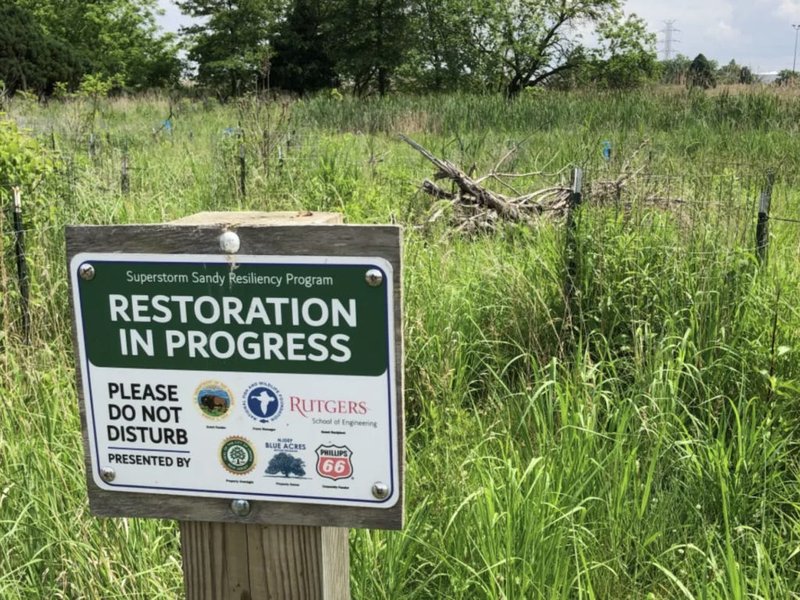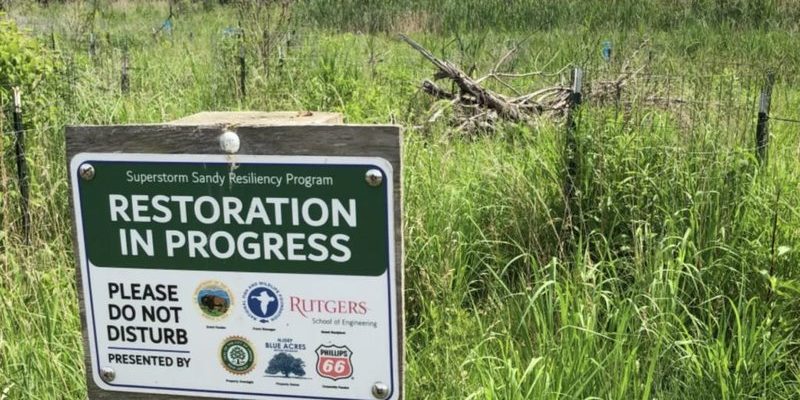
Storks are fascinating birds that thrive in wetland environments, where they hunt for fish and other small animals. However, they are increasingly affected by human activities, climate change, and habitat destruction. The good news is that numerous organizations and committed individuals are working tirelessly to protect them. Let’s dive into the various conservation efforts aimed at safeguarding stork populations and what we can all do to help.
The Importance of Storks in Our Ecosystem
Storks are not just beautiful to look at; they serve an important role in maintaining ecological balance. They help control fish populations, which can prevent overpopulation and ensure a healthy aquatic environment. Think of storks as nature’s pest controllers—when they hunt and feed on fish, frogs, and insects, they help keep these populations in check. This, in turn, supports a diverse and thriving ecosystem.
Not only do they help maintain the balance in their habitats, but storks are also indicators of environmental health. Because they depend on wetland ecosystems, a decline in stork populations often signals problems within those habitats. When storks are thriving, it generally means that their environment is also healthy. Protecting them is crucial for the entire wetland ecosystem.
Here’s the thing: when we lose storks, we’re not just losing a beautiful bird; we’re also losing a vital part of our ecosystem. Recognizing their importance is the first step towards ensuring their protection.
Threats Facing Stork Populations
Unfortunately, storks face a range of threats that make conservation efforts all the more important. Habitat loss is one of the biggest challenges. Wetlands are often drained to make room for agriculture, urban development, or other human activities. This loss not only reduces nesting sites for storks, but it also limits their food supply.
Additionally, climate change is impacting stork habitats. As temperatures rise and weather patterns shift, wetlands are becoming more unpredictable. Droughts and floods can destroy nests and food sources, making it difficult for storks to survive.
Other threats include hunting and poaching. In some regions, storks are hunted for meat or captured for the pet trade. This is heartbreaking, considering how integral they are to our ecosystems. Let’s not forget pollution either—contaminants can accumulate in the food chain, affecting stork health and reproduction. All these factors create a dire situation that requires urgent attention.
Global Conservation Organizations Leading the Charge
Several organizations are stepping up to protect stork populations worldwide. One notable example is the International Union for Conservation of Nature (IUCN). They not only assess the conservation status of stork species but also help implement protection measures. Their research and advocacy work play a crucial role in informing policies that benefit storks.
Another key player is the BirdLife International organization. They focus on protecting bird species and their habitats through various initiatives, including habitat restoration and community engagement. For instance, BirdLife collaborates with local communities, ensuring that they understand the importance of storks and the wetlands they inhabit.
Additionally, the World Wildlife Fund (WWF) is actively involved in stork conservation. They fund various projects that aim to restore ecosystems and promote sustainable practices. Their work illustrates how collective efforts can make a significant difference in reversing the trends threatening storks.
Community Involvement in Stork Conservation
Community engagement is vital for successful stork conservation. Local people often have the best understanding of their ecosystems, and involving them can lead to effective solutions. Many conservation organizations have implemented programs that educate communities about the importance of storks and their habitats. By fostering stewardship, they empower locals to take action.
For example, in many regions, locals participate in habitat restoration projects. This could mean planting native vegetation around wetlands or cleaning up polluted areas. When communities take ownership of their environment, it creates a ripple effect that can make a real difference for storks and other wildlife.
You might also find local “Stork Watch” programs where community members monitor stork populations in their area. This hands-on involvement not only helps gather valuable data but also raises awareness about the challenges storks face. The more people know, the more likely they are to support conservation initiatives.
Restoration of Wetland Habitats
Restoring wetland habitats is one of the most effective ways to support stork populations. Organizations and governments are working together to rehabilitate these crucial ecosystems. This can involve reestablishing natural water flows, removing invasive species, and planting native vegetation.
When wetlands are restored, they can provide safe nesting sites and ample food sources for storks. These habitats also benefit countless other species, making them incredibly valuable. Think of it like a community garden—it benefits not just the vegetables growing there, but also the bees and butterflies that help pollinate them.
Successful restoration projects often have tangible outcomes. For example, in some areas where wetlands have been restored, stork populations have rebounded significantly. These success stories show that with the right effort and dedication, it’s possible to reverse negative trends and protect these majestic birds.
What You Can Do to Help Stork Conservation
You don’t have to be a scientist to contribute to stork conservation efforts. Small actions can lead to significant impacts. First, you can educate yourself and others about the importance of storks and wetlands. Share what you learn with friends or family, and engage in local conservation discussions.
Another way to help is by supporting organizations dedicated to wildlife and habitat preservation. This could mean donating, volunteering, or even just spreading the word about their work. Every bit helps and could aid in crucial conservation initiatives.
Lastly, if you live near wetlands or areas where storks are found, consider getting involved in local cleanup efforts. Reducing pollution and protecting these habitats can make a real difference. Plus, it feels good to know you’re contributing to a healthy environment for both wildlife and future generations.
Final Thoughts on Stork Conservation
Storks are more than just elegant birds; they remind us of the delicate balance of our ecosystems. As we witness the decline of various stork species due to human activities and environmental changes, it’s essential to support conservation efforts aimed at protecting them. From understanding their ecological role to getting involved in local projects, there are many ways we can contribute.
Remember, every effort counts. Whether it’s educating others, supporting organizations, or participating in restoration projects, we all have a part to play in ensuring a future for storks. Together, we can help protect these remarkable birds for generations to come. So, the next time you see a stork, take a moment to appreciate not just its beauty, but also the importance of preserving its world.

